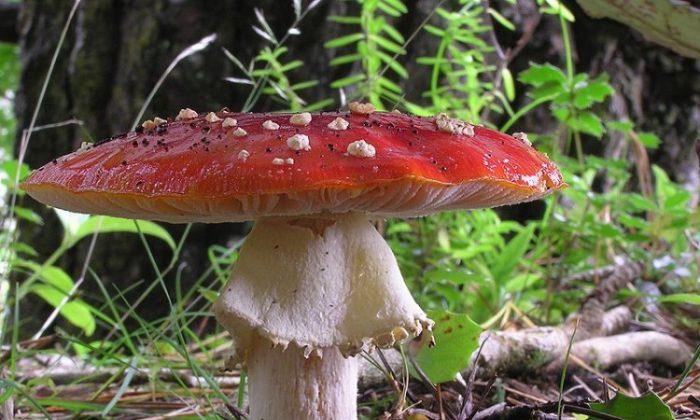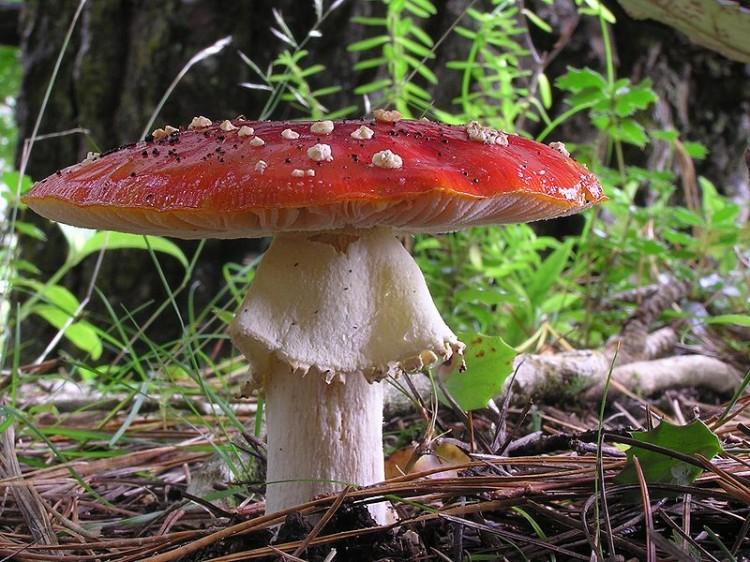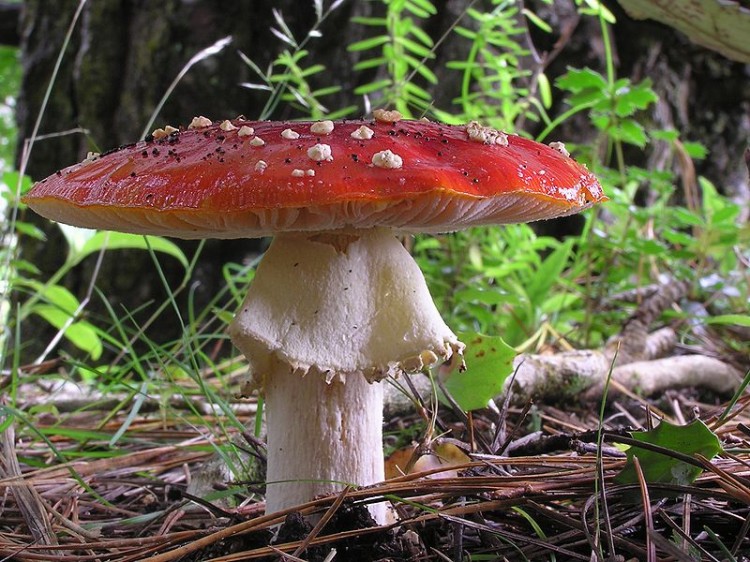Fungi are appreciated as worthy bioremediators, but their talent to treat toxic lead pollution has gone unnoticed until now.
A team of Scottish microbiologists has recently shown that two soil fungi, Metarhizium anisopliae and Paecilomyces javanicus, are capable of transforming lead into its most stable form as a pyromorphite mineral.
The findings acknowledge the importance of fungi in controlling lead pollution and as agents of geochemical change.
“Lead is usually regarded as a pretty stable substance,” said Geoffrey Gadd from the University of Dundee in a press release. “The idea that fungi and other microbes may attack it and change its form is quite unexpected.”
Owing to its global use as a raw material in producing a variety of items, lead pollution has become a widespread phenomenon. With lead being toxic to humans and wildlife, the development of an effective remedial method to tackle this hazard is called for.
The team carried out the experiment by incubating lead with and without fungi. They found that the lead not incubated with fungi went through normal corrosion, while those incubated with fungi formed pyromorphite.
“It seems the ability of many fungi to produce organic acids or other substances may be very important in attacking the lead and releasing forms of free lead including lead complexes, which can then react with phosphorus sources to form pyromorphite,” Gadd said.
The findings were published online in the journal Current Biology on Jan. 12.
Lead Pollution Can Be Treated With Fungi
Fungi are appreciated as worthy bioremediators, but their talent to treat toxic lead pollution has gone unnoticed until now.

By Arsh Sarao
1/24/2012
Updated: 10/1/2015






Friends Read Free